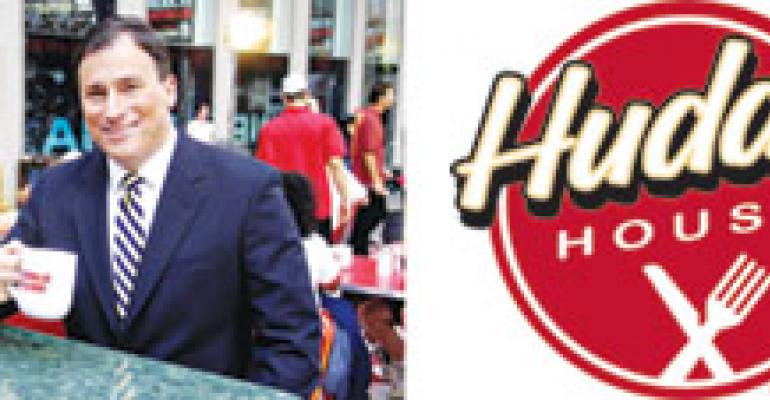ATLANTA Huddle House, based here, turned 45 years old this year and celebrated by launching a sleek new logo and several social-media profiles. —
But the new look isn’t part of some midlife crisis for the family-dining chain of more than 430 restaurants in 18 states. Rather, the brand wanted to connect with future customers while preserving its history, said chief executive Phil Greifeld. —
“When you look at the restaurant landscape, it’s clear throughout America that companies and chains are looking to stand out in order to drive traffic,” Greifeld said. “We felt that our logo needed some updating, so we developed honestly about 75 to 100 different logos.” —
In focus group testing, existing and new customers kept coming back to the logo Huddle House recently unveiled: a simple, red logo with white lettering featuring a crossed knife and fork at the bottom. Huddle House’s executives and suppliers shared in the enthusiasm, Greifeld said, because nearly everybody felt the new logo “crystallized Huddle House’s brand identity of what we stood for but made it more contemporary and modern.” —
“We were looking to capture a nostalgic look because Huddle House has been in existence for 45 years,” he said. “The new logo ties us with our customers and our brand heritage with that Americana that’s part of the landscape. It communicates nostalgia, but it brings it up to date.” —
Matt Kolbert, director of business development for brand-marketing firm Astone Agency, said updating a logo is one of many steps a company can take to create more positive associations with customers. After all, he said, a restaurant doesn’t really own its brand—its customers do. —
“The brand is that gut-level reaction or even a memory the customer has when she hears the name of the company,” Kolbert said. “That response is built upon every single interaction that someone has with the restaurant. —
“The logo is important. It’s one of the most visible representations of the brand, so if it’s not relevant to the consumer, that will contribute to a negative perception. It’s not the be-all-end-all, but it’s important.” —
Customers interact with a brand in several ways, Kolbert added, and marketing efforts like the logo or commercials are but one part of the whole experience. Brands obviously must be aware of what customers actually experience in a store, which makes cleanliness, customer service and food quality important. Finally, restaurants must contend with the “behind-the-scenes conversation” where they’re discussed among friends face-to-face or in social media. —
For that last reason, Huddle House immersed itself in social media this past January, Greifeld said, establishing a presence on the five main channels: Facebook, Twitter, MySpace, YouTube and a proprietary blog. In the past 10 months, the chain has gained hundreds of thousands of followers across those venues and now has marketing staffers dedicated to managing Huddle House’s social-media presence full time. —
“Our social-media effort kind of ties into looking for methods to stand out,” Greifeld said. “We felt we had a big opportunity to reach out to a broader customer base, Gen X and Gen Y. They don’t read the newspapers. They don’t watch commercials. How they capture their info and marketing messages is different.” —
Huddle House is much more bullish on social media than traditional print or broadcast advertising. —
“[Social media] is here to stay, and it’s going to grow and grow,” Greifeld says. “As boomers retire and [that demographic] gets replaced with younger people, [Gen X and Y] are never going to pick up the paper. To really crystallize that, look at how e-mail is obsolete [among young people]. They don’t e-mail or voice-mail each other. It’s all text messages.” —
Many companies, feeling the same way as Huddle House, have pulled back spending on traditional advertising. According to TNS Media Intelligence, total advertising expenditures in the first six months of 2009 declined 14.3 percent compared with a year ago. Total advertising spending decreased 10 percent for television, 20.9 percent for magazines, 24.2 percent for newspapers and 24.6 percent for radio. —
Not that it doesn’t pay to be on TV, Greifeld said. Back in July, he appeared on the national morning show “Fox and Friends,” as Huddle House recreated one of its diners outdoors adjacent to the Fox network’s headquarters in New York City. The recognition Huddle House got for being on the show was nice, Greifeld said, but it’s even better now that the footage lives on forever on YouTube. —
“When we were done with ‘Fox and Friends,’ we had so much exposure,” Greifeld said, “but when you look at viewership, it’s one and done. We made sure we got all the clips, and we posted it on YouTube, so it’s like a perpetual commercial. In one month, our franchising video had 300 hits on YouTube already, and it grows and grows.”— [email protected] —





